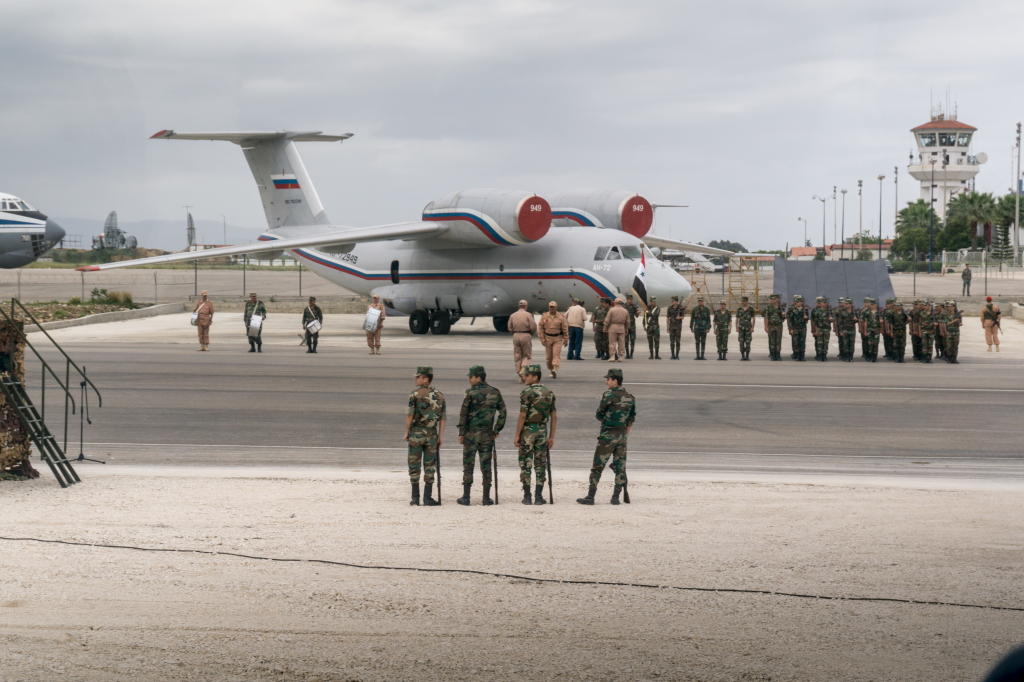
“Russia is now producing four fighter jets a day.” That number, which has been kicked around among defense analysts since late 2025, is at once astounding and strategically significant. It points to a wartime production tempo not seen since the Cold War and raises a host of questions about sustainability, quality, and wider implications for the Ukraine war.
It has accelerated in the context of a grinding war, growing sanctions, and repeated Ukrainian attacks on Russian airbases and other key assets. While Moscow extols industrial resilience, evidence from the battlefield and from inside the defense sector in Russia itself tells a more complex story of high output in the shadow of systemic vulnerabilities.
The operational context and challenges that may define its trajectory in the coming years for the surge in the production of fighter jets by Russia are described in the following sections, along with the most compelling aspects thereof.
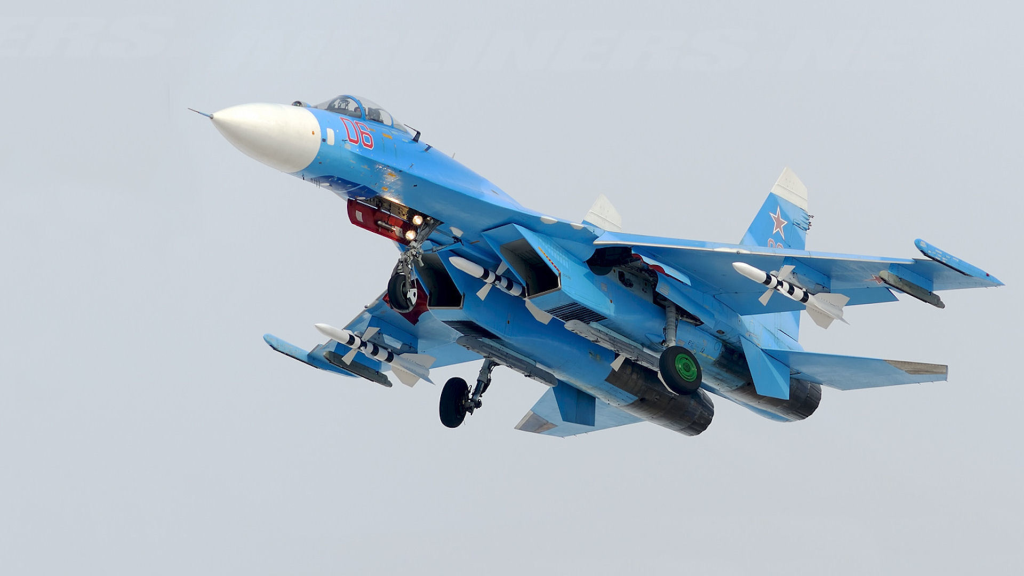
1. Wartime Production Priorities
It means that most of the work in the Russian defense industry is now focused on military output and that civilian aircraft manufacturing has been generally set aside. As international sanctions put most commercial aviation projects on hold, fighter jet assembly lines are still operating. According to military analysis, this allows Moscow to sustain current loss rates of Su-27 Flanker family aircraft despite losing at least 121 military planes since the beginning of the war.
In other words, the Kremlin’s priorities are as clear as daylight: manufacturers should focus resources on restocking tactical aviation at the expense of long-term industrial health. Yet, sanctions have forced compromises in production quality, which has inflated costs and produced bottlenecks in supply chains and maintenance capacity. Whereas the figure of four jets per day underlines output volume, it also disguises the strain on manufacturing infrastructure particularly in engine production and avionics integration, which, before 2022, was still reliant on foreign technology.

2. Ukrainian Strikes on High-Value Assets
On August 4, Ukrainian drones attacked five fighter aircraft at the Saky facility in occupied Crimea, destroying one Su-30SM and damaging a number of Su-24 bombers. The Saky facility is important to Black Sea operations, and the loss even of a single Su-30SM-estimated to have a financial cost of between $35 million and $50 million-represents both a financial and operational loss. This has not been an isolated incident. Strikes against Russian aviation hubs, railway junctions, and air defense systems in Ukraine have happened time and again, including an S-300 destroyed in Zaporizhzhia.
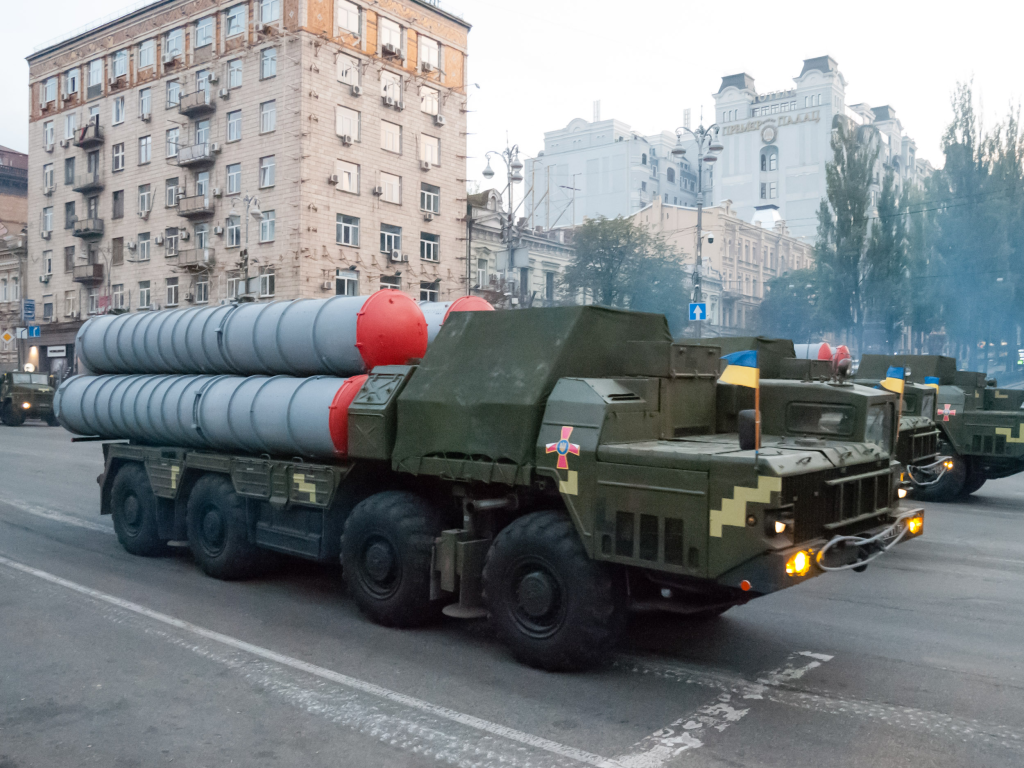
All of these strikes are meant for one thing: to degrade the ability of Russia to project airpower and sustain logistical flows, forcing Moscow to replace aircraft at rates higher than what had been projected. Pressures from attrition are one of the most critical drivers behind the accelerated rate of production, but they also serve to underline the fragility of the forward-deployed assets despite expanded manufacturing output by Russia.
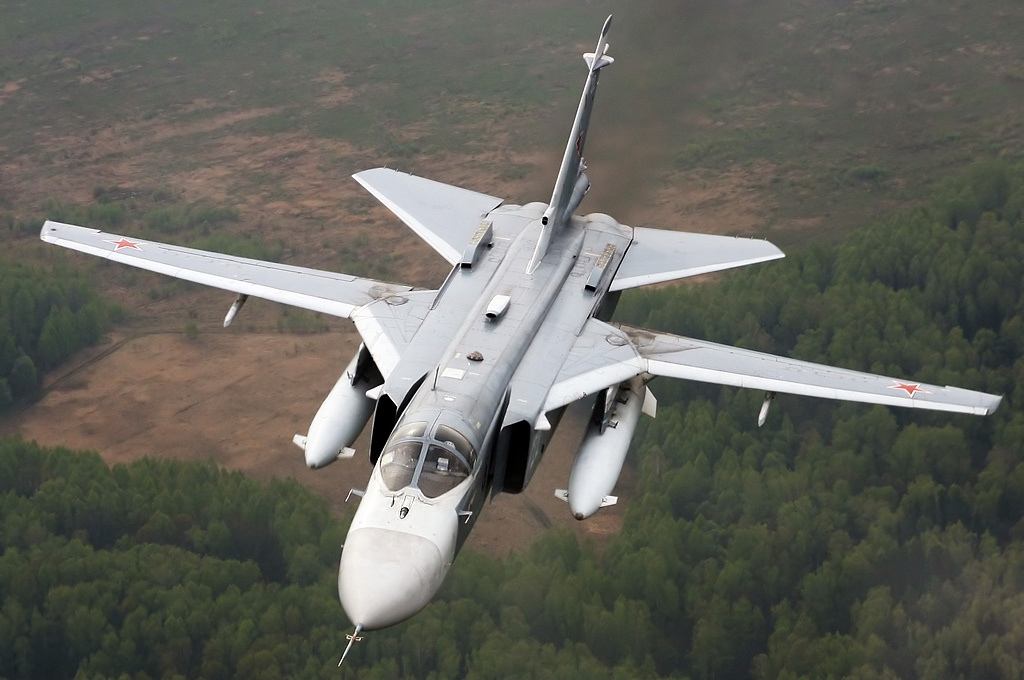
3. Legacy Airframes in Modern Combat
The Su-24 Fencer first took to the skies during the 1970s but remains a front-line asset to this day, reflecting reliance on Soviet-era designs. Its variable-geometry wings, advanced-for-the-time navigation/attack systems, and a payload capacity of up to 17,635 pounds once made this aircraft a technological leap.
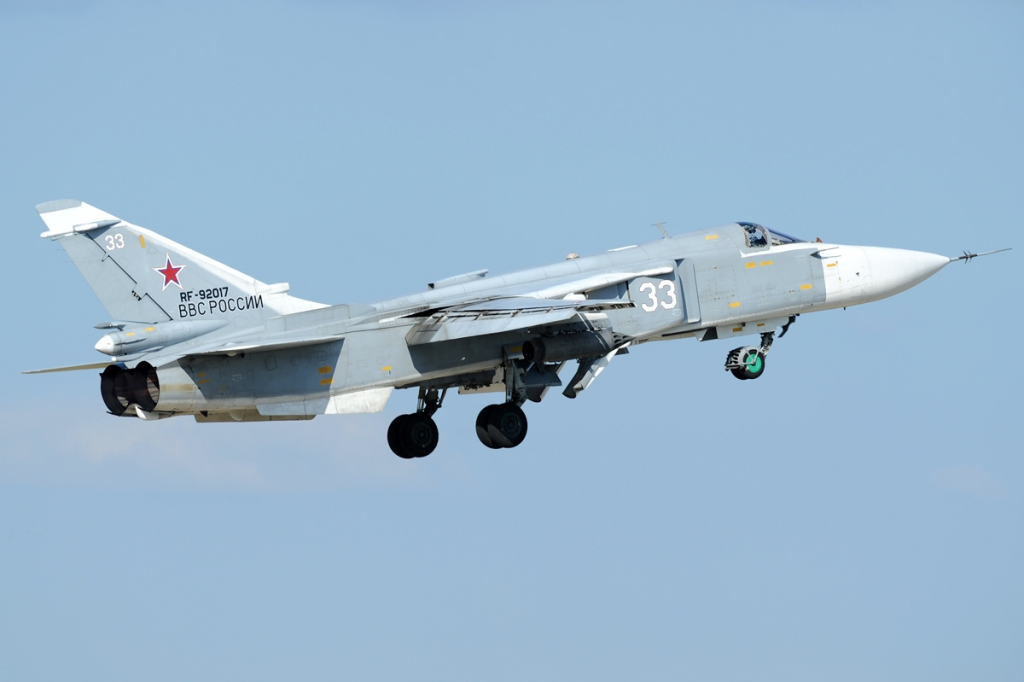
An upgraded version, like the Su-24M2, would add GPS, multifunction displays, and modern munitions, but the age of the airframe limits survivability against modern air defenses. Continued use of this aircraft reflects both the durability of the design and the constraints of Russia’s current R&D environment. This juxtaposition of high production rates with legacy platforms underlines the core challenge: more aircraft are being produced, but not necessarily more advanced types-what some analysts have termed an “innovation stagnation” in combat aviation.
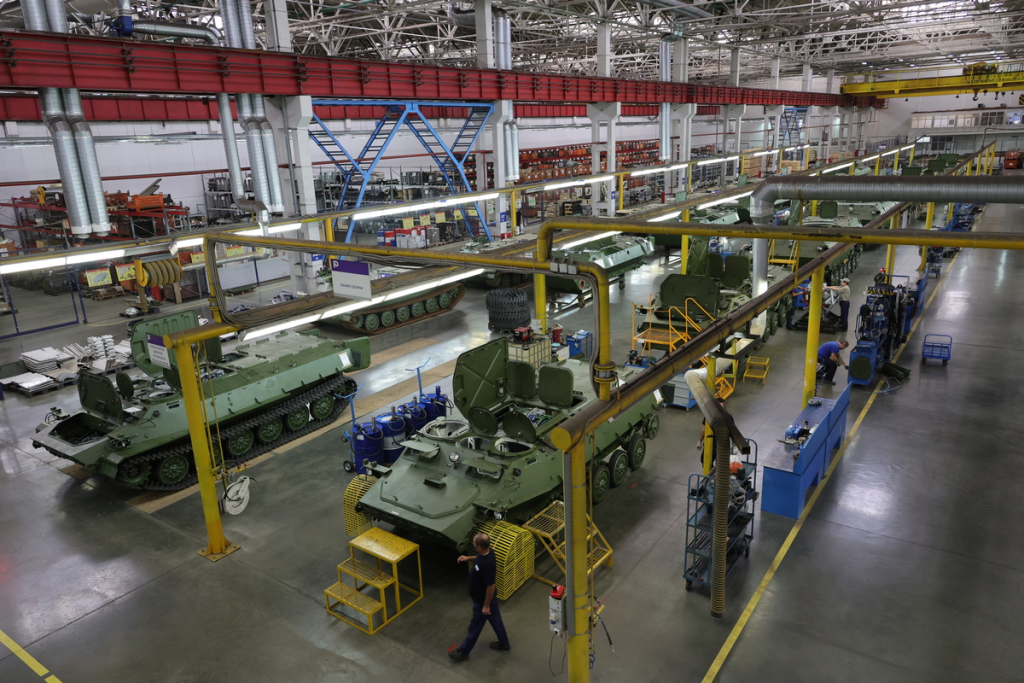
4. Industrial Strain and Workforce Shortages
Russia’s defence industries are short some 400,000 engineers and skilled workers. Despite higher salaries and bonuses, manufacturers such as Uralvagonzavod cannot sustain three-shift schedules. The shortage hits not only new builds but also the repair and modernisation work on equipment returning from the battlefield. Government training programs add only 12,000 workers – a fraction of what is needed.
Plants carrying out tank and aircraft repairs are hiring inexperienced workers to try to keep pace. So far, in many cases, that has come at the price of quality control. These challenges are further compounded by daily quotas to churn out fighter jets, where speed cuts into rigorous testing and precision assembly that could affect their operational reliability.

5. Friendly Fire and Operational Losses
During a mission in September 2025 to intercept a drone, Russian air defences mistakenly downed their Su-30SM over Crimea. The crew ejected safely, but the incident reflects coordination difficulties in high-threat environments saturated with unmanned systems. Combat attrition is combined with other causes of losses, due to friendly fire, accidents, and mechanical failures.
According to credible sources, there have been at least 12-15 Su-30SMs lost during this war, including those destroyed on the ground and in mishaps. Events like this raise additional burdens on the production lines because replacement needs extend from battlefield damage to cover operational errors and systemic flaws in command-and-control integration.
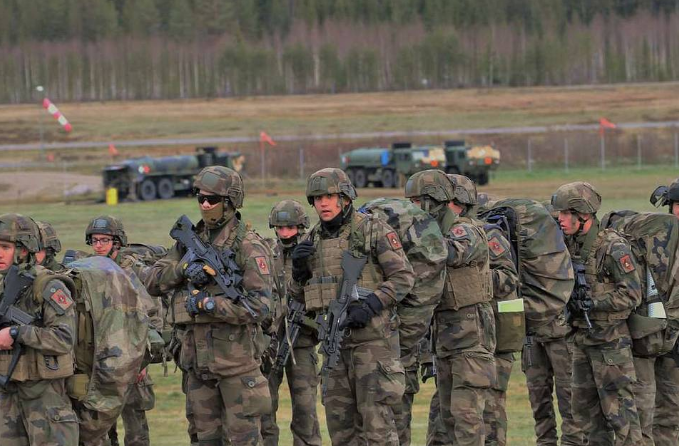
6. NATO’s Air Defence Response
The $579 million in U.S.-made Patriot missile components that the Netherlands has delivered to Ukraine is a serious reinforcement of Kyiv’s air shield. “Ukraine needs more air defence and ammunition now,” Dutch Defence Minister Ruben Brekelmans said, presenting the aid as both a national and collective NATO defence measure. The package is the first under a NATO-coordinated procurement scheme and directly counters Russia’s aerial capabilities, including newly produced fighters.
Such deliveries have the potential to neutralise part of the advantage gained through Russia’s increased output of jets by enhancing Ukraine’s interception capacity. The timing of these reinforcements suggests that NATO is trying to calibrate its support to match the Russian production tempo with a view to preventing the balance of air superiority from shifting.
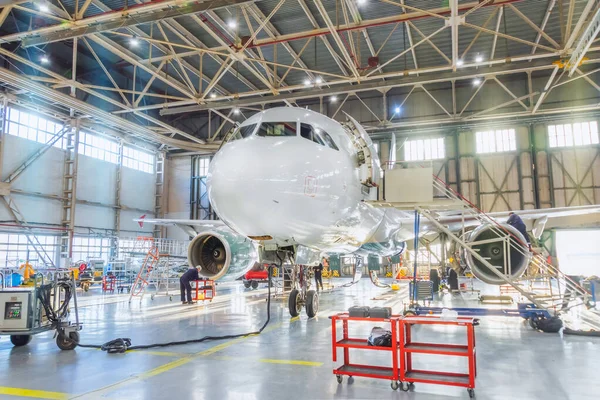
7. Sustainability vs. Short-Term Gains
Industrial mobilisation, as characterised by four jets per day, is doubtless impressive, but such a tempo cannot be sustained. The wear on imported industrial equipment, reliance upon stored components, and cost-plus inflation are all pointers to slowdowns. Analysts warn that Russia’s defence industry is at risk of trading off future capacity against immediate wartime needs and might soon use up its reserves for 2024–2025.
This approach could lead to a production cliff if supply chains and workforce gaps remain unresolved. In other words, the surge is at least as much a political statement as a military one-to show resilience to domestic and foreign audiences-but the underlying fragility suggests that the long-term balance may tilt against sustained high output. Russia’s current rate of production of fighter jets is an astonishing metric in the light of the war in Ukraine, but it is not an independent gauge of strategic strength.
Legacy designs, industrial bottlenecks, workforce shortages, and battlefield attrition lurk behind this number and together shape what is actually happening as a result of this surge. The most relevant question for defence analysts, however, is not how many jets Russia can build today, but how long it can keep this pace without sacrificing quality, innovation, and operational readiness.


